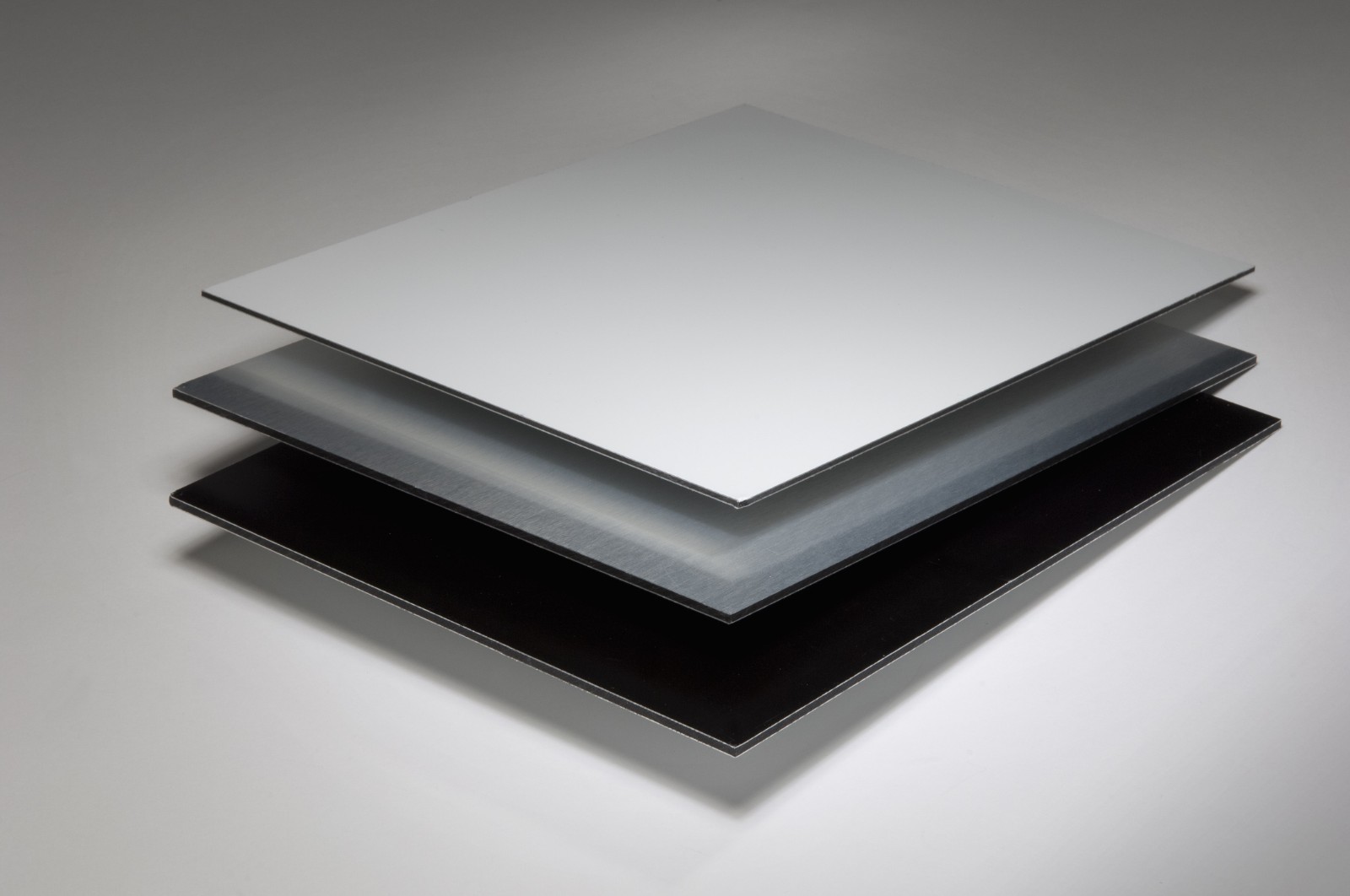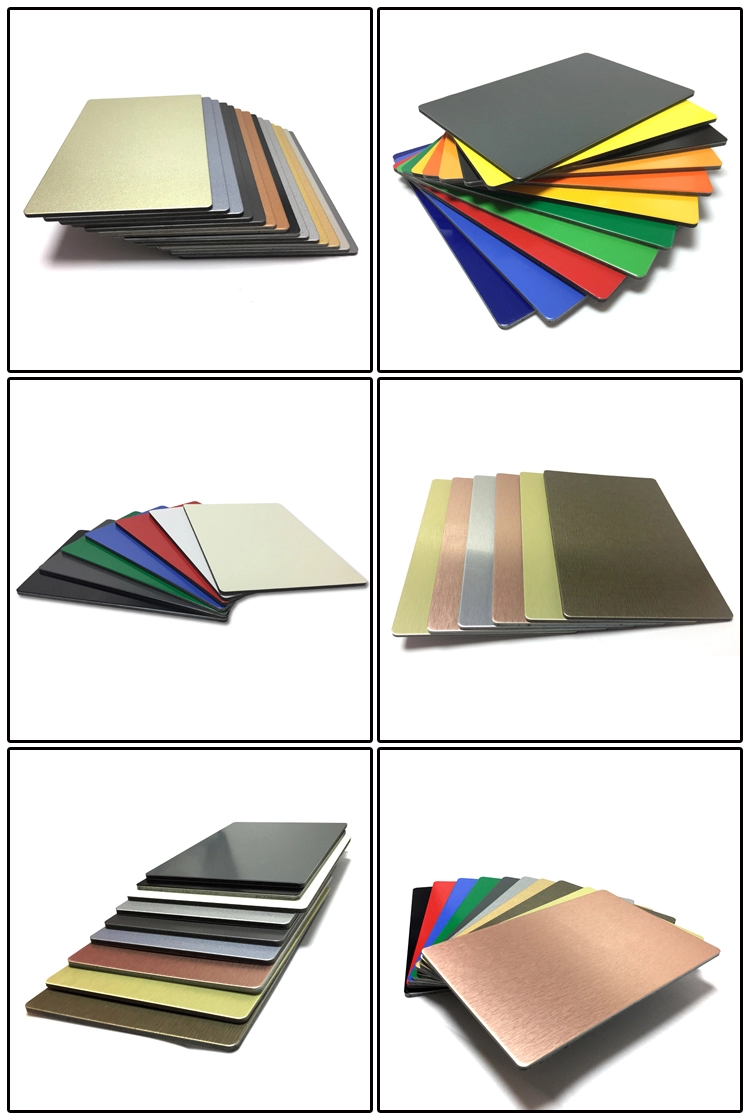The ACM panel is a new type of material, which is made of aluminum plates with surface treatment and coating paint as the surface, polyethylene, and polypropylene plastic as the core layer, and processed by a series of processes. As the ACP cladding material is composed of two different materials (metal and non-metal), it retains the main characteristics of the original materials (metal aluminum, non-metal polyethylene plastic). In addition, it overcomes the shortage of raw materials and obtains many excellent material properties, such as luxury, colorful decoration, weather resistance, corrosion resistance, impact resistance, fire protection, moisture-proof, sound insulation, heat insulation, earthquake resistance; lightweight, easy processing and installation, which open up a broad application prospect for the ACM panels. The production of the aluminum composite materials panels is very simple in the eyes of the layman, but in fact, it is a new product with high technology content, so the quality control of ACP products has certain technical difficulties.
The following mainly talks about the factors that affect the 180° peel strength of the aluminum composite materials panels.
1. Quality problems of aluminum foil
Although this is a relatively hidden problem, it has been reflected in the quality of ACM panels. On the one hand, it is the heat treatment process of aluminum. On the other hand, some aluminum plates and producers do not strictly control the quality of recycled aluminum. This requires the producers of aluminum composite materials panels to evaluate all aspects of the material producers and establish business contacts after determining the qualified subcontractors to ensure the quality of materials.
2. Pretreatment of skin aluminum plate
The cleaning and coating quality of the skin aluminum plate are directly related to the composite quality of ACM panels. First of all, the aluminum plate should be cleaned to remove the oil and impurities on the surface, so as to form a dense chemical layer on the surface, so that the polymer film can produce a good bond. However, some manufacturers do not strictly control the temperature, concentration, treatment time and renewal of the treatment solution in the pre-treatment process, which affects the cleaning quality. Even some new manufacturers use aluminum plate directly without any pretreatment. All of these will lead to poor composite quality, low 180° peel strength or instability.
3.Selection of core material
Because the bonding effect of polymer film and PE is the best compared with other plastics and the price is moderate, non-toxic and easy to process. So the core material is PE. In order to reduce the cost, some small manufacturers choose PVC which has a poor bonding effect and will produce fatal gas when burning or choose PE recycling material or PE raw material mixed with the bottom corner material. In this way, the composite temperature will be different due to the different model and aging degree of PE, and the final surface is unstable composite quality.
4. Selection of polymer membrane
Polymer membrane is a kind of bonding material with special properties, which affects the composite quality. The polymer membrane has two sides, three layers together. One side is bonded with metal, the other side is bonded with PE, and the middle layer is PE base material.
The nature of the two sides is totally different. The prices of materials on both sides are quite different. The use of polymer membrane has directionality, the front, and the back can not be changed. Polymer membrane. It is a kind of self-dissolving film. Incomplete melting will lead to false recombination. In the early stage, the strength is high and the time is long, which will be strong due to the influence of weathering Degree of reduction or even bubbling or opening phenomenon.









